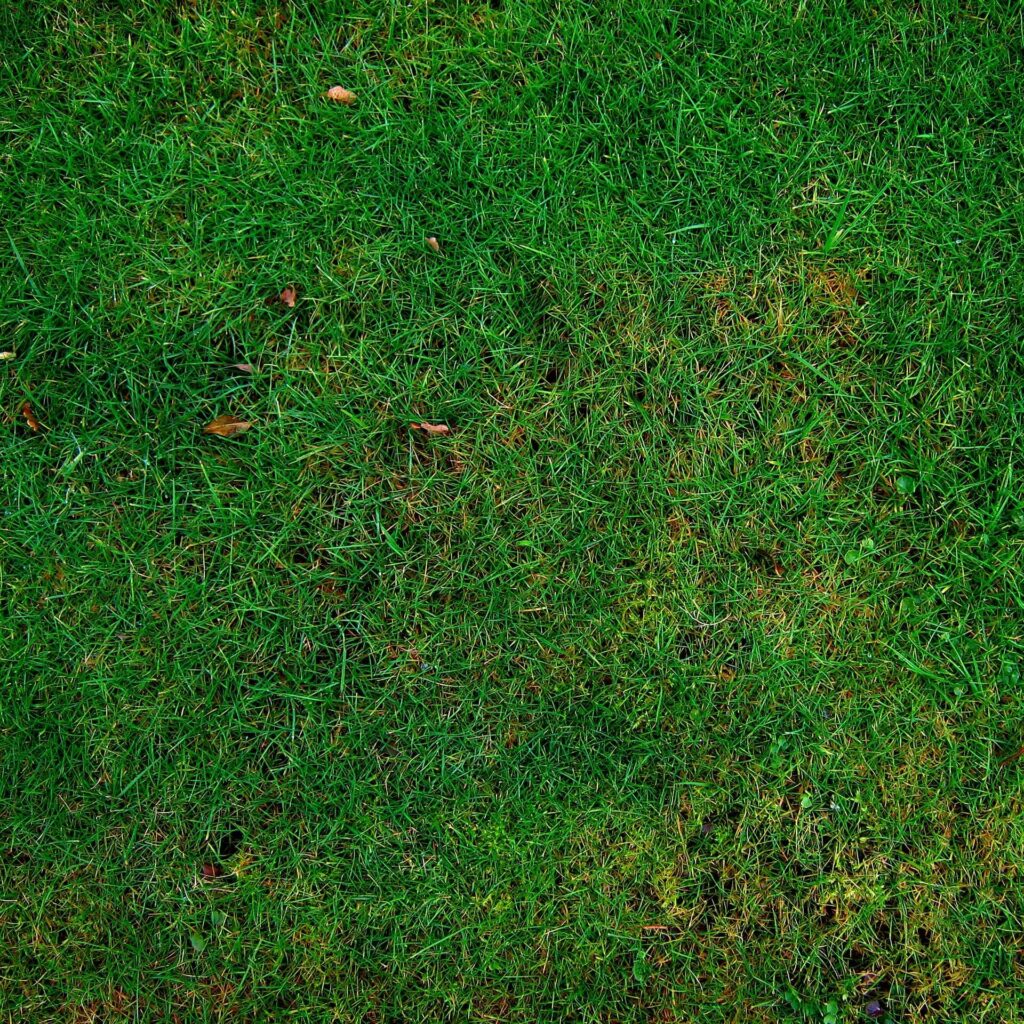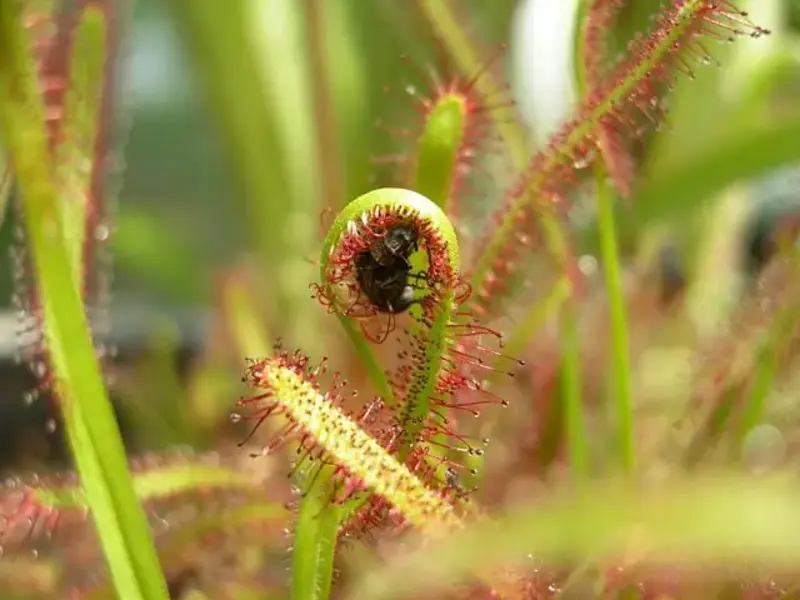Aeration is one of the most important and effective practices to ensure the health and beauty of your lawn and garden beds. It is the process of creating small holes in the soil to allow air, water, and nutrients to penetrate deep into the root zone, promoting healthy root growth and enhancing the overall vitality of your lawn and garden beds. In this article, we will discuss some of the most effective lawn and bed aeration techniques that can help you achieve a lush, green lawn and thriving garden beds.
Understanding Aeration
Aeration is the process of creating small holes in the soil to allow air, water, and nutrients to penetrate deep into the root zone. The process can be done manually or mechanically, and it is typically performed during the growing season when the grass and plants are actively growing.

Benefits of Lawn and Bed Aeration
Aeration is a crucial aspect of lawn and garden maintenance that offers a wide range of benefits. By allowing air, water, and nutrients to penetrate deep into the soil, aeration helps to promote healthy soil and encourage strong root growth.
One of the primary benefits of aeration is improved air and water infiltration. When the soil becomes compacted, it can be difficult for air and water to penetrate the root zone, which can lead to poor drainage and nutrient deficiency. By creating small holes in the soil, aeration allows air and water to flow freely through the soil, promoting healthy soil and encouraging robust root growth.
In addition to improved air and water infiltration, aeration also enhances root development. By providing ample oxygen and nutrients to the root zone, aeration helps to stimulate root growth and promote strong, healthy roots. This can help to improve the overall health and vitality of your lawn and garden beds, making them more resistant to disease and pests.
Another benefit of aeration is improved soil structure and drainage. By breaking up compacted soil, aeration helps to create a more porous soil structure that allows water to flow freely through the soil. This can help to reduce soil erosion and runoff, as well as improve the overall health and beauty of your lawn and garden beds.
Aeration also reduces soil compaction, which is a common problem in heavily trafficked areas such as walkways and play areas. By relieving soil compaction, aeration helps to create a more hospitable environment for grass and plants to grow, resulting in a healthier and more beautiful lawn and garden bed.
Finally, aeration increases nutrient uptake, which is essential for promoting healthy grass and plants. By allowing nutrients to penetrate deep into the root zone, aeration helps to ensure that your lawn and garden beds receive the necessary nutrients to grow strong and healthy.
Overall, the benefits of lawn and bed aeration are numerous and essential for maintaining a healthy and beautiful lawn and garden bed. By promoting healthy soil, strong root growth, and ample nutrient uptake, aeration is a critical aspect of lawn and garden maintenance that should not be overlooked.
Types of Lawn and Bed Aeration Techniques
When it comes to lawn and bed aeration, there are three main techniques that are commonly used: manual aeration, mechanical aeration, and liquid aeration. Each technique has its own unique advantages and disadvantages, and the best choice will depend on the size of your lawn or garden bed and your specific needs and preferences.
Manual aeration is the simplest and most straightforward technique, and involves using a handheld tool such as a garden fork or aeration tool to create small holes in the soil. This technique is best for small lawns and garden beds and can be done easily and quickly by most homeowners. The downside to manual aeration is that it can be time-consuming and labor-intensive, and may not be practical for larger areas.
Mechanical aeration, on the other hand, involves using a machine to create small holes in the soil. This technique is best for larger lawns and garden beds, and can be done with either a core aerator or a spike aerator. A core aerator removes small plugs of soil from the ground, while a spike aerator simply punctures the soil with small spikes. Mechanical aeration is faster and more efficient than manual aeration, but requires specialized equipment and may be more expensive.
Finally, liquid aeration involves the use of a liquid product that is sprayed onto the lawn or garden bed. The product contains compounds that break up compacted soil and improve soil structure, and can be an effective alternative to mechanical or manual aeration. Liquid aeration is easy to apply and can be done quickly and easily, but may not be as effective as other techniques and may need to be reapplied periodically to maintain its benefits.
In summary, there are several types of lawn and bed aeration techniques available, and the best choice will depend on the size of your lawn or garden bed and your specific needs and preferences. Whether you choose manual aeration, mechanical aeration, or liquid aeration, regular aeration is a crucial aspect of lawn and garden maintenance that can help promote healthy soil, strong root growth, and a beautiful, vibrant lawn and garden bed.
How to Aerate Your Lawn and Garden Beds
Here are the steps to follow when aerating your lawn and garden beds:
Step 1: Determine the Soil Type
The first step in aerating your lawn and garden beds is to determine the type of soil you have. Different soil types require different aeration techniques. For example, clay soil should be aerated more frequently than sandy soil.
Step 2: Choose the Right Aeration Tool
The next step is to choose the right aeration tool. Manual aeration can be done with a garden fork or aeration tool, while mechanical aeration requires a core aerator or a spike aerator.
Step 3: Prepare Your Lawn and Garden Beds
Before you start aerating, you need to prepare your lawn and garden beds. This involves mowing the lawn to a shorter length and removing any debris from the garden bed.
Step 4: Aerate Your Lawn and Garden Beds
Once you have prepared your lawn and garden beds, it’s time to start aerating. Follow the instructions for the aeration tool you have chosen and make sure to overlap the holes for complete coverage.
Step 5: Post-Aeration Care
After aerating your lawn and garden beds, it is essential to provide proper care to ensure the best results. Here are some tips for post-aeration care:
- Water your lawn and garden beds thoroughly to help the soil settle.
- Add a top dressing of compost or fertilizer to help with soil health and nutrient uptake.
- Avoid heavy foot traffic or mowing for at least a week after aeration.
Best Practices for Effective Lawn and Bed Aeration
For manual aeration, use a garden fork or aeration tool to create holes that are about 3 inches deep and spaced about 6 inches apart. Be sure to angle the tool slightly to help lift the soil plug out of the hole. For mechanical aeration, use a core aerator to pull out small plugs of soil or a spike aerator to create small holes in the soil. Core aeration is usually more effective in heavily compacted soil. For liquid aeration, be sure to follow the instructions carefully and apply the product evenly across the lawn or garden bed. Most liquid aeration products require multiple applications to be effective. Consider overseeding your lawn after aeration to help thicken the grass and fill in any bare spots. Avoid aerating during periods of drought or extreme heat as this can stress your lawn and garden beds. Regularly aerate your lawn and garden beds to maintain soil health and promote healthy plant growth.
Following these best practices will ensure that your lawn and garden beds receive the maximum benefits from aeration and stay healthy and beautiful all season long.
Common Mistakes to Avoid
Aeration is a crucial step in maintaining a healthy lawn and garden bed. However, there are some common mistakes that people make when aerating that can harm their plants and undo the benefits of aeration. Here are some mistakes to avoid:
- Aerating when the soil is dry: Aeration should be done when the soil is moist but not saturated. Aerating when the soil is dry can cause damage to the grass and plants, and the aerator may not be able to penetrate the soil deeply enough to provide the necessary benefits.
- Aerating too frequently: While aeration is an essential part of lawn and garden bed maintenance, too much aeration can be detrimental to the health of your plants. Over-aerating can stress the grass and plants, and make them more susceptible to disease and pests. It is recommended to aerate no more than once or twice a year.
- Aerating too deeply: Aeration involves creating small holes in the soil to allow air, water, and nutrients to penetrate deep into the root zone. However, aerating too deeply can damage the root system and cause harm to the grass and plants. It is recommended to aerate no more than 2-3 inches deep.
- Failing to properly care for your lawn and garden beds after aeration: Proper post-aeration care is critical to ensuring that your plants receive the maximum benefits of aeration. Watering the lawn and garden beds thoroughly, adding a top dressing of compost or fertilizer, and avoiding heavy foot traffic or mowing for at least a week after aeration are some of the essential post-aeration care practices that you should follow.
Conclusion
Aeration is an essential practice to maintain the health and beauty of your lawn and garden beds. By following the proper aeration techniques and post-aeration care, you can improve soil structure, enhance root growth, and promote a lush, green lawn and thriving garden beds. Remember to aerate during the growing season, choose the right aeration tool for your soil type and lawn size, and provide proper care after aeration for the best results.




